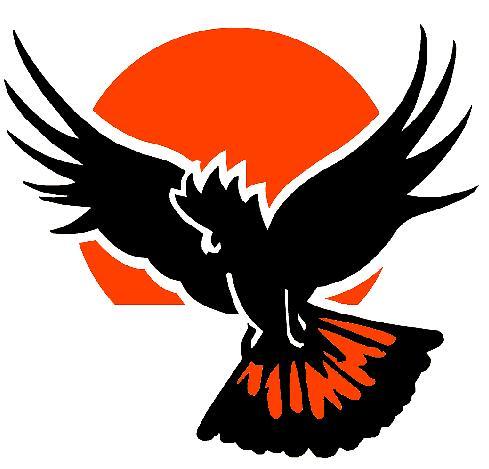Help our Red-tails
Fence off existing stands of Stringybark and Buloke and scattered paddock trees on your property, to protect from stock damage and to allow for natural regeneration.
Incentives for nests
Incentive payments are again being offered to landholders and members of the public for the discovery of new nests sites as part of the Red-tail Nest Incentive Scheme.
Join the count
Although we can’t guarantee you’ll see a Red-tail on the day, we’re sure you’ll enjoy a fun day out in the bush searching for our colourful cockatoos.
Welcome
Rewards offered for Nests
 Bob McPherson
Bob McPhersonThe South-eastern Red-tailed Black-Cockatoo Recovery Team and BirdLife Australia are calling on landholders and members of the public to report all sightings and nest activity of the endangered South-eastern Red-tailed Black-Cockatoo.
Since 2011, nest incentive payments have been offered to the public for information on new and existing nest sites of the cockatoo across its range in the south-east South Australia and south-west Victoria.
The scheme, which offers $500 for all ‘new’ nests reported to the Team and $100 for information on the re-use of existing nests, will again be offered thanks to the Nature Foundation SA and funding from the ‘SERTBC Recovery Project’, which is supported by the Australian Government, South East Natural Resources, Wimmera Catchment Management Authority, Glenelg Hopkins Catchment Management Authority through funding from the Australian Governments National Landcare Programme and BirdLife Australia.
Over the last six years, the nest incentive project has proved to be a great success with a total of 23 new nests found across 11 sites.
Last year a record of nine new nests were found near Casterton and Edenhope thanks to the reports from local landholders and the work of Richard Hill and PhD student Daniella Teixeira.
Daniella is currently trialling new methods to monitor Red-tail breeding using bioacoustic technology. This involves comparing the calling behaviour we can hear and record at active nests with the behaviours skilled students and volunteers can observe at the same nest.
The aim is to explore whether specific vocalisations or calls, and certain behaviours can indicate nesting activity and fledging of chicks. The more nests found, the more the Team will learn about nest success and failure, which is critical given many years of poor breeding success.
Red-tails nest in large hollows (15-50cm), which most often occur in very old, large eucalypts such as River Red Gums. Nest hollows can be in dead or live trees and are more likely to be close to the cockatoo’s stringybark feeding habitat.
Because Red-tails are highly nomadic, moving about their 18,000 km2 range following their stringybark food source and nesting nearby, it is quite uncommon for pairs to use the same nest each year. This makes finding nests quite a challenge.
Furthermore, a large number of nests are located on private-land, which without the support of the landholder simply remain undetected to the Team.
To help us locate new nests, we are asking anyone that sees Red-tails or observes nesting behaviour to report their findings to the Project Coordinator by calling 1800 262 062 or via email redtail@birdlife.org.au.
There are a number of conditions required when applying for incentive payments, which are only issued once the sighting has been confirmed by the Project Team.
Some landholders are understandably protective of their nests and would rather not have people coming onto their properties for fear of disturbing the nest. The Team respects this and would be happy to discuss how they can help by providing information, but remain anonymous. There are a number of local landholders on the Team who would be happy to talk to you about this.
Guidelines for the nest incentive scheme and information on Red-tail nesting behaviour can be found by clicking here.
Redtail News
-
BirdLife Australia and the Recovery Team are once again looking for volunteers to assist with the 2024 annual count for the nationally endangered South-eastern Red-tailed Black-Cockatoo.
This year the count will be held on Saturday 4 May across the cockatoo’s range in the South East of South Australia and South-west Victoria.
More%20edit.jpg)
-
Feb 14, 2014
Latest Video
.png)







